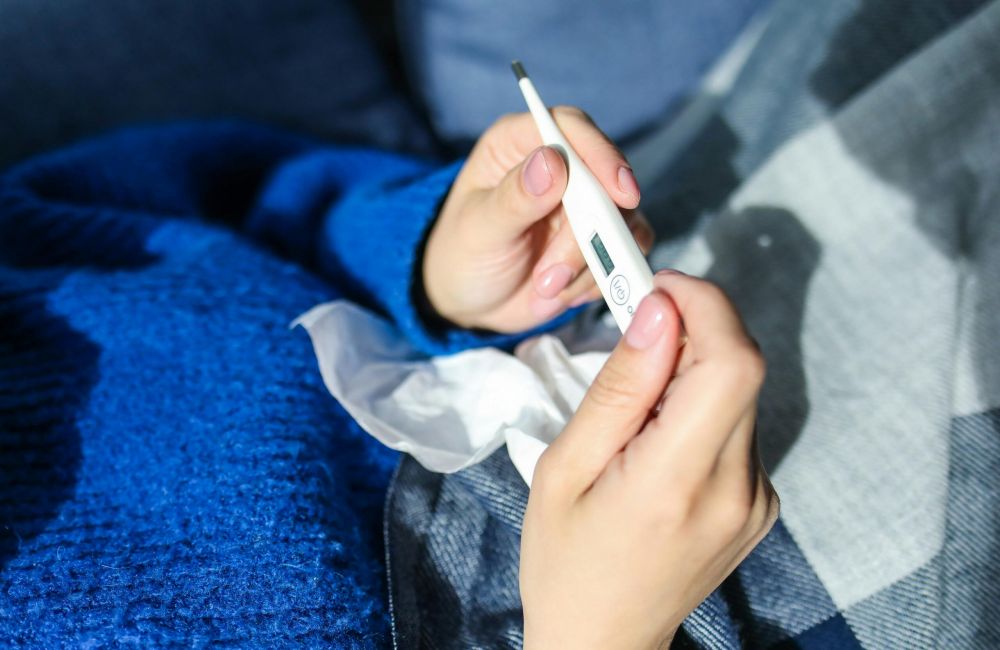As we approach colder weather, it’s important to remember employer requirements for New York COVID sick leave. As we’ve written about before, the New York COVID sick leave law remains on the books.
Since September 1, 2024, positive COVID test results in Erie County have increased, with 75 patients newly-hospitalized with COVID. The number of positive test results reported to the county has doubled in recent weeks. You can find more information on COVID-19 rates in Erie County here.
With the seasons changing and the growing number of positive tests reported, greater numbers of employees likely will be calling in sick. As a reminder, New York’s COVID sick leave law remains in effect until July 31, 2025.
Because of this, New York employers remain responsible to provide COVID sick leave – in addition to New York paid sick leave – for their employees.
With that in mind, let’s go over your requirements under the COVID sick leave law.
Are COVID Leave and NY Paid Sick Leave The Same?
Absolutely not.
These are two different laws. They require employers to provide different benefits to employees.
And, as a result, employers must comply with both of them.
When Can Employees Use New York’s COVID Sick Leave?
An employee is eligible for COVID sick leave at any time; there’s no waiting period or accrual needed. When the employee is subject to a mandatory or precautionary order of quarantine or isolation for COVID-19 related purposes, she’s entitled to time off.
Practically speaking, if an employee tests positive for COVID, you won’t want her at work, and she’s going to be entitled to COVID sick leave under New York law.
Are Employers Required to Pay Employees for COVID-Related Time Off?
The answer to this depends on the number of employees on your team and, for small employers, your net annual income.
Ten or Fewer Employees: If you have 10 or fewer employees and had a net income of less than $1 million last tax year, you’re not required to provide paid COVID leave. Instead, you’re required to offer the employee unpaid sick leave for the duration of their quarantine or isolation.
However, if you have 10 or fewer employees and a net income of more than $1 million last year, you must provide at least five days of paid COVID leave to your employee and then allow unpaid leave (or New York PSL, if the employee has any) until the employee’s mandatory or precautionary quarantine or isolation is over.
11-99 Employees: If you have 11 to 99 employees, you must provide at least five days of paid COVID leave if the employee is under a mandatory or precautionary order of quarantine or isolation.
100+ Employees: If you have 100 or more employees, you must provide your employees with at least 14 days of paid COVID leave.
Public Employers: Regardless of employee count, you must provide employees with at least 14 days of paid COVID leave.
How Many Times Must An Employer Pay for COVID Sick Leave?
An employee may only qualify for COVID sick leave for three orders of quarantine or isolation. The second and third instances of COVID sick leave must be based on a positive COVID-19 test.
Job Protection
As a reminder, under New York’s COVID sick leave law, employees are entitled to job protection when utilizing their COVID sick leave. No matter how many employees a business has, you can’t fire an employee who needs time off because of COVID.
Questions About The COVID Sick Leave Law
New York State created guidance on COVID-19 paid leave for employers, which you can find here.
Questions About COVID and Other Respiratory Illnesses
The Center for Disease Control has current guidance on respiratory illnesses. It’s important to note that the CDC now has a general respiratory illness guidance rather than specific COVID guidance. The CDC has concluded that COVID now is similar to many other types of viruses. The CDC has thus included COVID-19, influenza and respiratory syncytial virus (RSV) in the same guidance. Among other things, it includes core prevention strategies, such as practicing good hygiene and physically distancing yourself when you begin to feel ill.
If you have any questions about COVID and other respiratory illnesses, the CDC has a page dedicated to symptoms, risk factors, prevention, and treatment information related to respiratory viruses.
The CDC also currently has a data channel that highlights the rates of COVID-19, RSV and other acute respiratory illnesses. This website is updated every Friday and provides a great way to keep yourself up to date on respiratory illness trends as we begin to see colder temperatures and the coming winter months.

